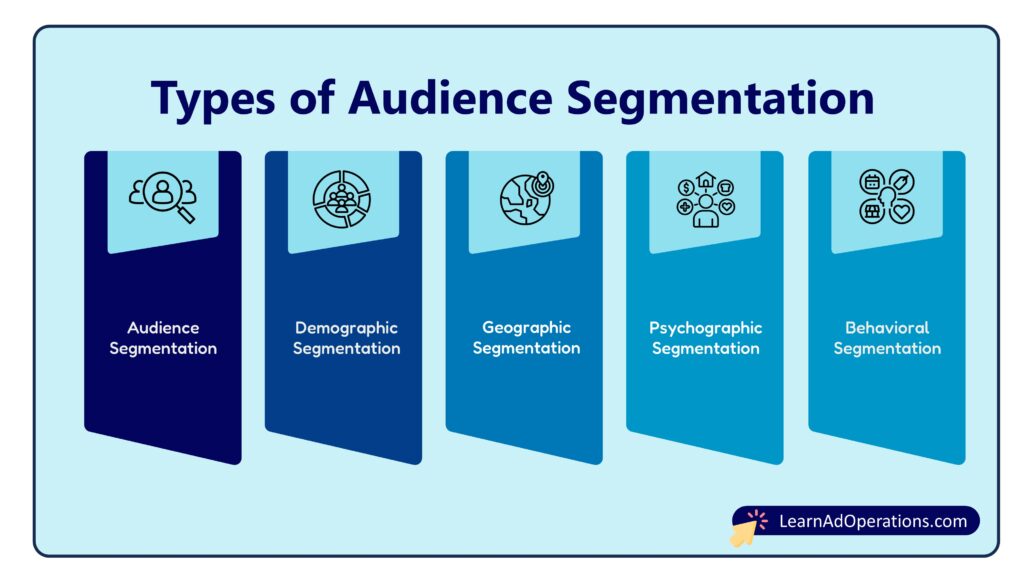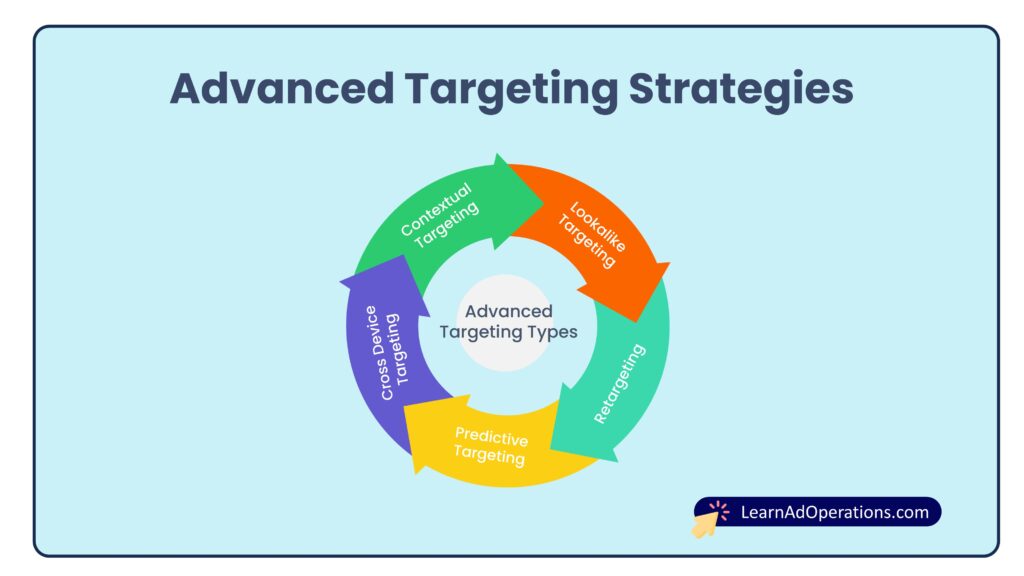Effective Targeting Strategies for Programmatic Advertising
Programmatic Advertising has transformed the online advertising landscape by automating buying and selling the ad inventory. The automation has streamlined the media buying process efficiently and enables the precise targeting.
Advertisers enables to precisely target the desired audiences to deliver the tailored messages using various targeting strategies in programmatic advertising.
We will explore various targeting strategies and usage of audience segments to reach the users who can add value to the advertiser’s product/ services. This guide will provide insights and references to understand the targeting strategies in programmatic advertising.
Understanding Programmatic Advertising
Programmatic advertising uses technology to automate the buying and selling of ad inventory in real time. Demand Side Platform (DSP), Supply Side Platform (SSP) and Ad Exchanges are the key platforms to facilitate the advertisers and publishers to complete their transactions. These platforms ensures that the ads will be delivered to the right audience at the right time.

Audience Segmentation
Audience segmentation dissect the larger audience data into meaningful smaller groups to target them in ad campaigns. It will help in creating relevant and personalized ad experience to the users when they browsing the webpages. The personalized ads lead to higher engagement and conversion rates. Let’s discuss the types of audience segmentations that are available in the programmatic advertising.
Demographic Segmentation
Demographic segmentation dissects the audience based on features like age, gender, income level and education. These segments help the advertisers to target the audience with specific age, gender or income level within their ad campaign.
- Age: Different age groups have unique preferences and behaviors. For Ex: video game ads would be more relevant to younger audience.
- Gender: Showing the ads based on gender can increase the relevance. For Ex: Beauty products might be targeted more towards women.
- Income Level: Understanding the income level of the audience is crucial to target the products/ service accordingly. For Ex: Targeting Luxury brands to higher income audience might drive better conversion rate.
Geographic Segmentation
Users are categorized based on their location is Geographic segmentation. The categorization can be done in various levels i.e., country, state, city or neighborhood.
- Location: Online ads can be targeted based on geographical regions to reach the local customers. A local restaurant would be benefit from targeting the users within a specific city instead of targeting across the country.
- Climate: Seasonal products can be targeted to a specific region where users can use the product. For Ex: Winter clothing or air conditioners can be advertised based on the climate of the targeted region.
Psychographic Segmentation
Psychographic segmentation divides the audience based on their lifestyle, interests and values. These segments help the advertisers target the audience based on their lifestyle and personality traits.
- Lifestyle: Targeting users based on their hobbies, interests and values. For Ex: Fitness brand targets health-conscious users to promote their products.
- Personality Traits: Ads targeted to different personality types can enhance relevance and engagement of the ad.
Behavioral Segmentation
Behavioral targeting focuses on the users’ behavior while segregating the collected data. Data Management Platforms can segment the data into purchase history, browser habits and engagement with the past ads. These segments can lay an effective foundation to the effective ad campaigns.
- Purchase History: The data will be dissected based on the past purchase history of the users. These uses will help driving the conversions. For Ex: In eCommerce websites, the advertisers will show the related products when they users are buying the products.
- Browsing Behavior: Advertisers can target their ads based on the browsing history and interests shown to the specific category while browsing the web pages. For Ex: Advertisers retarget the users who have not purchased their products/ services.
Advanced Targeting Strategies
Programmatic Advertising offers advanced targeting strategies to further narrow down the targeting criteria to enhance the campaign effectiveness.

Contextual Targeting: Advertisers can target the relevant categories to the products/ services that they are advertising to reach the relevant audiences. Contextual targeting helps the advertiser to build the brand awareness across the relevant categories and drive the relevant traffic towards their landing pages. For Ex: Sports shoes brand can advertise their product on the sports related blogs to drive the conversion.
Lookalike Targeting: This is one of the most used targeting strategies to target the new users who resembles the advertiser’s existing customers in terms of demographics, interests or behavior. This is an effective strategy for reaching the new customers.
Retargeting: This another crucial targeting strategies that advertisers usually used to reach to the customers who have previously visited their products/ services or website. For Ex: Advertisers on eCommerce websites use this strategy to retarget the customers who have added the products to their cart but not purchased. This strategy will help the advertisers to drive sales by targeting the customers who are interested in purchasing their products.
Predictive Targeting: Predictive targeting uses AI and Machine Learning to predict the customer behavior based on the past actions. This approach helps in identifying users who are most likely purchase the products/ services by optimizing the ad spend.
Cross Device Targeting: Advertisers prefers to target the multiple devices that their target audiences are using, such as smartphones, tablets and desktop devices. Cross device targeting is one of the critical targeting considering the growth in smartphone users. Ad serving on cross devices helps the advertisers enhance the brand awareness and engagement.
Role of Data Management Platforms (DMPs)
Data Management Platforms (DMPs) are crucial in dissecting the large users’ data and creating a smaller audience segmentation. DMP gathers the data from various sources such as websites, mobile apps and CRMs to analyze and group them into a smaller group. These audience segments will be used precisely target the relevant audience and personalize ad experience.
The Future of Targeting in Programmatic Advertising
The future of programmatic advertising lies in the integration of advanced technologies like AI and Machine Learning. These technologies help the advertises to target the relevant audiences to improve the personalized ad experience. As programmatic advertising continues to evolve, the importance of precise targeting and segmentation will grow further.
Related Articles on Programmatic Advertising:
- Introduction to Programmatic Advertising: A Beginner’s Guide
- The Evolution of Programmatic Advertising: From RTB to AI
- The Role of Ad Exchanges and SSPs in Programmatic Advertising
- The Role of DSPs and DMPs in Programmatic Advertising
Conclusion
Effective targeting strategies are the cornerstone of successful programmatic advertising campaigns. By understanding and leveraging various segmentation techniques, advertisers can deliver more relevant and engaging ads to their audiences. As technologies continue to advance, the possibilities for precise targeting will expand, offering even greater opportunities for advertisers to connect with their audiences.
For those new to digital advertising, exploring resources on LearnAdOperations.com can provide a solid foundation and keep you updated with the latest trends and strategies in programmatic advertising.




